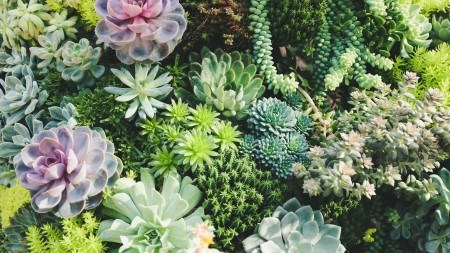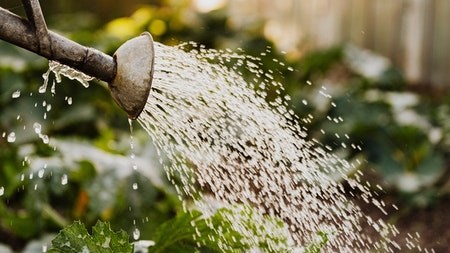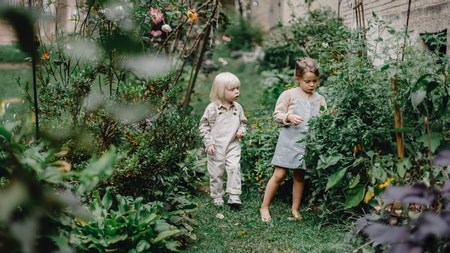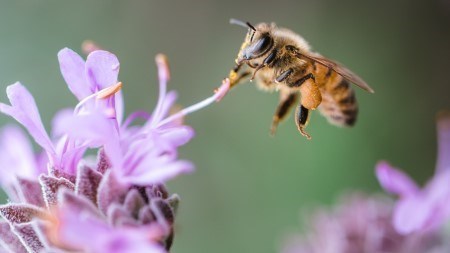Succulents come in a wide variety of colours, shapes, and textures and can be combined in the most interesting and dramatic planting groupings.
They thrive with minimal care and have the added bonus of being drought-resistant – a much sought after characteristic in a country like South Africa, where water is one of our most scarce resources.
South Africa has the world's largest diversity and variety of succulents with over 4 000 species. So, there are endless options from which to choose.
Advantages
Succulents are very versatile, resilient, and adaptable, making them ideal specimens for almost any spot in the garden.
Succulents store water in their leaves, stem, and roots enabling them to cope with periods of drought.
Succulents and aloes are excellent food sources for birds, bees and small animals like tortoises.
Containers and rockeries are ideal for succulents.
They also do well in pots on balconies or in windowsill gardens.
Top tips
Most of South Africa’s indigenous succulents are endemic to the Succulent Karoo, Karoo, Thicket, and Bushveld biomes. The conditions in these regions are ideal for these plants, but most will adapt to a wide range of climates and conditions.
According to the experts, soil is the most important element you should pay attention to for a succulent garden.
Because most succulents are adaptable, they will grow in many soil types. However, the best general mix for succulents is one part loam, one part compost, and two parts river sand.
Drainage is second on the list of essential elements, as too much water will cause rotting. This is why the type of sand you choose is important, as it needs to provide adequate drainage. If you are planting succulents in pots, be sure to include a layer of rock shards or pebbles as the bottom layer to improve drainage.
The plants you choose will depend on where you intend to plant them. Decide on a winter or summer garden based on your rainfall region and plant species that can survive in that area. Your local nurseries will usually stock plants that are suitable for your region.
If you are planting outdoors, ensure that the area gets enough sunlight - full sun to semi-shade is best. It also needs to be relatively well-protected from harsh winds.
Succulents don’t need mulching. Instead, consider small pebbles or rock shards for the spaces between plants.
Autumn and spring are the best times to plant and propagate.
You also need to prune back plants that are overgrowing onto others.
Make cuttings and replant as succulents grow very easily from cuttings.
Indoor plants
Succulents are ideal for indoor gardens. In addition, they are drought-tolerant and able to withstand short periods without water, making them ideal for forgetful gardeners or those who are often away from home.
They do well in pots and containers, which can be moved about - indoors or outdoors.
Ensure that the soil is well-drained and more on the sandy to gravelly side.
Also, ensure your pot's drainage holes are big enough to prevent water pooling and rotting the roots.
Some local succulents that do particularly well indoors are:
- Ox tongue
- Haworthia
- Mother in law’s tongue
- Ragwort
- Lantern flower
Succulents are stocked at most garden centres and nurseries. You can also find more specialised and interesting varieties at plant fairs, succulent festivals, church bazaars and specialist nurseries.




